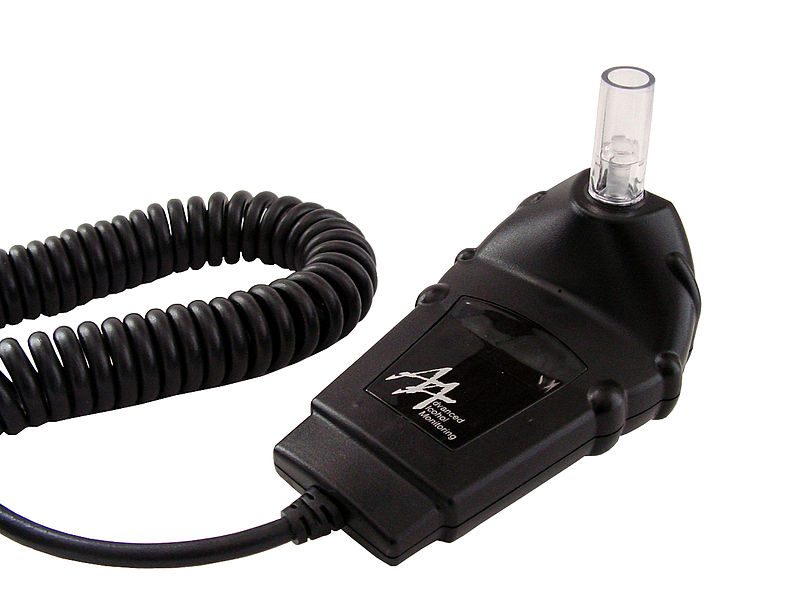Introduction / TOC | Chapter 1 | Chapter 2 | Chapter 3 | Chapter 4 | Chapter 5

Sign marking the 1995 position of the Pasterzen Glacier on Austria’s Großglockner mountain — the country’s highest. Photo taken in 2015. Image: H. Raab, Creative Commons via Climate Visuals Countdown
The language and acronyms used in climate change discussions can be confusing. Below is a list of commonly-used terms from this guide, as well as a few other resources with explanations of relevant terms, projects, and organizations.
Common Terms and Acronyms
GHG — Greenhouse gases — primarily water vapor, carbon dioxide, methane, nitrous oxide, and ozone — absorb and trap heat in Earth’s atmosphere, a natural process known as the greenhouse effect. Human activities such as burning fossil fuels create excess GHGs.
UNFCCC — The United Nations Framework Convention on Climate Change established an international environmental treaty to fight dangerous human-driven effects on the climate system, and was signed by 154 states at the United Nations Conference on Environment and Development (UNCED) in 1992.
IPCC — The Intergovernmental Panel on Climate Change is the UN body that assesses the science related to climate change.
NDC — Nationally Determined Contributions are the core documents describing each government’s voluntary plans to “cut emissions and adapt to climate impacts” under the Paris Agreement. Each Party to the Paris Agreement is required to establish an NDC and update it every five years.
UNEP — The United Nations Environment Programme, headquartered in Geneva, coordinates responses to environmental issues in the UN system, including developing international environmental agreements.
COP — Conference of the Parties: a meeting of the supreme decision-making body of an international convention or treaty — such as the UN Climate Change Conferences known as COP26, COP27, etc. — composed of representatives of the member states of the convention and accredited observers.
Paris Agreement — The Paris Agreement is a legally binding international treaty on climate change, adopted by 196 Parties at the UN Climate Change Conference in Paris in 2015, also called COP21.
ETF — Under the Enhanced Transparency Framework, adopted through the Paris Agreement, “countries will participate in the same technical expert review and facilitative, multilateral consideration of progress.” Under the framework, all countries are called on to submit reports by the end of 2024.
NAP — National Adaptation Plans identify the medium and long-term adaptation needs of countries, who can use the NAP process to improve their Nationally Determined Contributions (NDCs).
Global Methane Pledge — The Global Methane Pledge is a voluntary agreement for countries to take action to reduce methane emissions — the fastest way to mitigate climate change — with the goal of reducing global emissions at least 30% from 2020 levels by 2030.
LDC — Least Developed Countries are low-income countries with “severe structural impediments to sustainable development,” according to the UN Department of Economic and Social Affairs.
SIDS — Small Islands Developing States, a group of 37 UN member states and 20 non-UN members or associate members of UN regional commissions that “face unique social, economic and environmental vulnerabilities.”
Annex I countries — Countries listed in Annex I to the UNFCCC include the industrialized countries that were members of the Organisation for Economic Co-operation and Development (OECD) in 1992, and countries with economies in transition, including the Russian Federation, the Baltic States, and several Central and Eastern European States.
NIR — National Inventory Reports are a reporting document of the UNFCCC, to be submitted by Annex I countries every year. They “contain detailed descriptive and numerical information and the CRF (common reporting format) tables contain all greenhouse gas (GHG) emissions and removals, implied emission factors and activity data,” according to the UNFCCC description.
BR — Biennial Reports are filed by Annex I countries every two years, and are less detailed summaries of progress than National Inventory Reports (NIRs). Biennial Reports contain information about emission reductions, mitigation actions, projected emissions, and more.
BUR —Biennial Update Reports should be submitted by Non-Annex I Parties every two years, except for the least developed countries (LDCs) and Small Island Developing States (SIDS). They contain updates of greenhouse gas inventories, including a national inventory report, as well as information on mitigation actions, needs, and support received.
IGES — The Institute for Global Environmental Strategies is a Japanese organization that conducts research on environmental problems, and maintains a database on the Biennial Update Reports (BURs) submitted by developing countries.
IEA — The International Energy Agency provides country-by-country data on emissions and also assesses the “pathways” necessary to meet the nationally determined contributions (NDC) targets.
EDGAR — The European Commission’s Emissions Database for Global Atmospheric Research provides independent estimates of global anthropogenic emissions and emission trends of greenhouse gases, air pollutants, and aerosols based on publicly available statistics.
GCP — The Global Carbon Project creates global “budgets” for the three dominant greenhouse gases — carbon dioxide, methane, and nitrous oxide — based on scientific modeling.
GEM — Global Energy Monitor is a California-based nongovernmental organization that tracks and catalogs fossil fuel and renewable energy projects around the world.
GEF — The Global Environment Facility is a multilateral fund that serves as a financial mechanism for several environmental conventions.
CBIT — The Capacity-Building Initiative for Transparency is an initiative to help developing countries upon request. The trust fund for CBIT is administered by the Global Environment Facility (GEF).
ICAT — The Initiative for Climate Action Transparency is a multi-stakeholder partnership with a variety of donors, including the UN, that helps developing countries achieve transparency and measure their climate impact.
Other Glossaries to Explore
An excellent glossary on the climate change negotiation process and related documents was prepared by the Environmental and Energy Study Institute (EESI), a nonprofit organization.
Also see the glossary from the United Nations Framework Convention on Climate Change (UNFCCC).
More scientific is a glossary done by the Intergovernmental Panel on Climate Change.
Exploring some of the more difficult terms in depth is The Climate Dictionary: An everyday guide to climate change from the UN Development Programme.
Introduction / TOC | Chapter 1 | Chapter 2 | Chapter 3 | Chapter 4 | Chapter 5
 Toby McIntosh is a senior advisor for GIJN’s Resource Center, which provides online resources to journalists worldwide. He was the editor of FreedomInfo.org, (2010-2017) a nonprofit website based in Washington, D.C. that covers international transparency laws. He was with Bloomberg BNA for 39 years and has filed numerous US Freedom of Information requests and has written about FOI policies worldwide. He is a steering committee member of FOIANet, a network of FOI advocates.
Toby McIntosh is a senior advisor for GIJN’s Resource Center, which provides online resources to journalists worldwide. He was the editor of FreedomInfo.org, (2010-2017) a nonprofit website based in Washington, D.C. that covers international transparency laws. He was with Bloomberg BNA for 39 years and has filed numerous US Freedom of Information requests and has written about FOI policies worldwide. He is a steering committee member of FOIANet, a network of FOI advocates.
The post Reporting Guide to Holding Governments Accountable for Climate Change Pledges — Chapter 6: Glossary appeared first on Global Investigative Journalism Network.

 1 year ago
51
1 year ago
51


